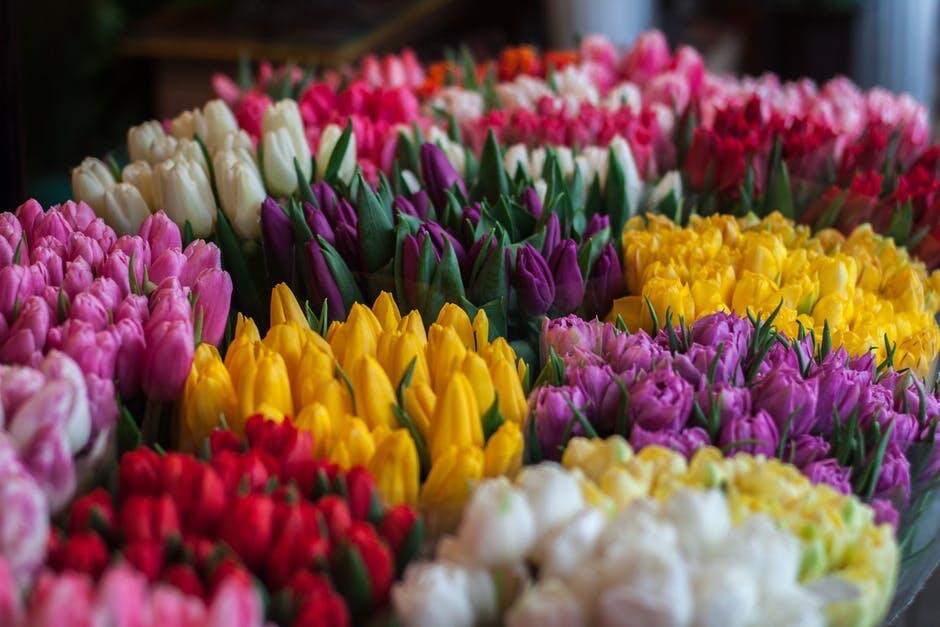What makes flowers more than just a pretty gift? For centuries, flowers have carried deep messages-sometimes of love, sorrow, or hope-without using a single word.
Their silent beauty has become a universal language understood across cultures and time. By exploring the meanings behind different blooms, readers can better appreciate the emotional power these natural wonders hold.
This blog will uncover the history, significance, and cultural differences in flower symbolism, offering readers a colorful look into a world where petals speak louder than words. Read on!
The Roots of Flower Symbolism
Flower symbolism goes back thousands of years, with evidence found in ancient writings and artwork. In Egypt, flowers like the lotus were linked to rebirth and the sun.
Ancient Greeks and Romans used flowers in myths and honored gods with floral offerings. These early uses helped shape the meanings we still see in flowers today.
The Victorian Language of Flowers
During the Victorian era in England, flowers became a way to express feelings that couldn’t be spoken. This was especially important in a society with strict rules about courtship and behavior.
People gave each other flower bouquets called “tussie-mussies,” each bloom carrying a hidden message. A red rose meant love, while a yellow rose showed jealousy or friendship.
Asian Traditions and Floral Meaning
In many Asian countries, flowers are symbols of peace, fortune, and life’s balance. For example, in Japan, cherry blossoms stand for the beauty and shortness of life.
In China, peonies are seen as symbols of wealth and honor. Lotus flowers are important in both Buddhism and Hinduism, representing purity and spiritual growth. These blooms are often used in festivals, art, and temples, showing how flowers are deeply tied to daily life and belief systems.
Flowers in Modern Western Culture
Today, flowers are still powerful symbols in Western traditions. Roses are commonly used to express love, especially on Valentine’s Day.
Lilies often appear at funerals, symbolizing purity and peace for the departed. Sunflowers represent happiness and warmth, while tulips can stand for comfort and calm. Flower meanings are often used in weddings, events, and gifts to send emotional messages. Many people now search for the best flower delivery in Chicago to make sure their message is sent with beauty and care.
Colors Speak Louder Than Words
The color of a flower can change its meaning entirely. Red usually symbolizes love or passion, while white means innocence and purity.
Yellow can suggest friendship, joy, or even envy, depending on the culture. Pink flowers often express grace, happiness, and sweetness. Knowing these meanings can help people choose the right flowers for different moments in life.
Choosing the Right Flowers for Every Occasion
Selecting flowers with meaning adds thoughtfulness to any gift or event. For birthdays, bright flowers like daisies or carnations bring cheer.
For apologies, white lilies or blue hydrangeas show sincerity and regret. On anniversaries, roses or orchids often symbolize lasting love and commitment.
Sympathy flowers like chrysanthemums or lilies provide comfort during hard times. With the right knowledge, anyone can use flower language to make meaningful connections.
The Enduring Power of Flower Language
Flower language is a beautiful way for people from different cultures and generations to share their feelings. The right flower can say what words can’t all the time, whether it’s to say hello, thank you, or goodbye.
Flowers have stories and feelings that bring people together all over the world, from old customs to modern acts of kindness. People can send clear messages of love, hope, and respect by picking flowers with care.
Did you like this guide? Please browse our website for more!



